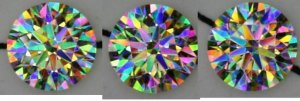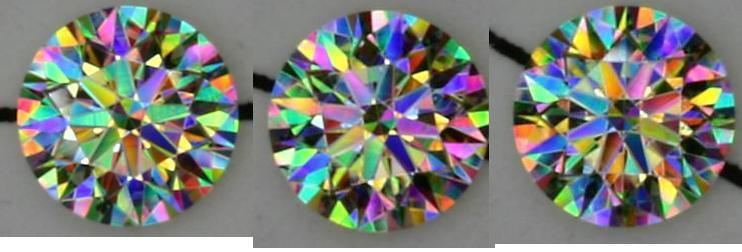Thanks Michaelgem
Those articles are interesting, the contrast brilliance description of snappy that is exactly what I was meaning when I wrote about silver sparkles going on and off in the daimond.
I will not be disappointed in the fire, I like the fire too, I just like lots of brilliance more. Interesting in the other article where you describe the brown colour in the table as being reflections from beneath the diamond rather than leakage. I have read that light comes in the back of the stone as well as from the top so this would be where leakage is not a bad thing then.
Those articles are interesting, the contrast brilliance description of snappy that is exactly what I was meaning when I wrote about silver sparkles going on and off in the daimond.
I will not be disappointed in the fire, I like the fire too, I just like lots of brilliance more. Interesting in the other article where you describe the brown colour in the table as being reflections from beneath the diamond rather than leakage. I have read that light comes in the back of the stone as well as from the top so this would be where leakage is not a bad thing then.









300x240.png)